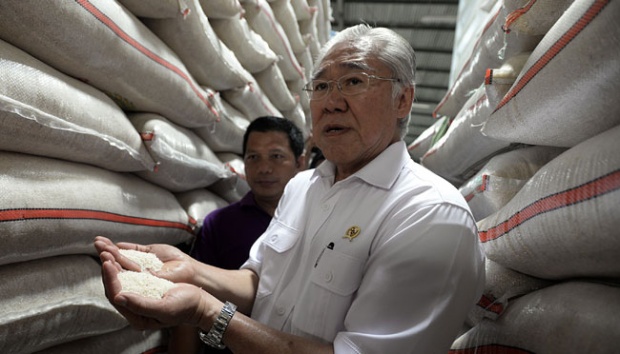
Trade Minister Enggartiasto Lukita conducted an observational tour of several markets in Jakarta to check the prices of basic necessities.
Jakarta, MINA – Indonesia`s Trade Minister Enggartiasto Lukita revealed that the country`s exports in 2017 had reached USD168.7 billion, a year-on-year increase of 19.8 percent, Antara News reported.
Exports have surpassed the previous target of a 5.6 percent increase, Enggartiasto noted at the opening of the ministry`s working meeting here on Wednesday.
The opening was attended by President Joko Widodo (Jokowi), some cabinet ministers, and businessmen.
The minister disclosed that the exports were supported by an increase in the non-oil and gas exports, at 15.8 percent, and oil and gas exports, at 20.1 percent.
Also Read: Saudi Arabia Wins Bid to Host World Expo 2030
He stated that the ministry had implemented some strategies to increase exports and had reoriented the task of trade representatives overseas.
“Not only as a government agent but also as business and marketing agent,” Enggartiasto noted.
In a bid to boost exports to non-traditional markets, Enggartiasto revealed that the ministry had sent its trade mission to South Africa, Nigeria, Egypt, Russia, and Chile, with transactions worth USD264.7 million, or more than Rp3.57 trillion.
“Non-oil and gas exports to non-traditional markets, such as Africa, Latin America, Middle East, and South Asia, have shown positive growth in 2017,” he remarked.
Also Read: 148 Products from Indonesia Promoted at Sarawat Superstore Jeddah
He believes that this positive momentum has continued into early 2018.
“I accompanied the president on his tour to South Asia, covering Sri Lanka, India, Pakistan, and Bangladesh. Apart from accelerating the international negotiation process, we also sent a trade mission to India, with potential transactions reaching USD2.16 billion (Rp28.6 trillion), and another mission to Pakistan, with transactions worth USD115.02 million (1.52 trillion),” he elaborated.
In the energy sector, the ministry has signed an agreement to export liquefied natural gas (LNG) to Pakistan and Bangladesh worth USD10 billion (Rp13.5 trillion).
“India, Pakistan, and Bangladesh are among the 10 largest contributors to Indonesia`s trade balance surplus,” he stated, adding that the three countries are expecting more Indonesian products to enter their markets.
Also Read: Packaging Industry Supports Halal Ecosystem
On the issue of food prices in the domestic market, he noted that the ministry can maintain stability in the prices of food items and their supply by focusing on domestic absorption.
The inflation rate was relatively low, at 3.6 percent, with food inflation, at 1.3 percent, dropping from the previous rate of 5.7 percent in 2016.
“Food inflation was at its lowest level and most manageable during the past five years,” he pointed out.
In line with the target to revitalize five thousand traditional markets in the 2014-2019 period, the ministry is currently conducting revitalization of 2,715 traditional markets.
Also Read: Indonesia-Japan Agree on Energy Transition Cooperation
The ministry has developed a market monitoring system for basic necessities that will become an online and real time reference for information on food prices.
The system contains information on the average price of 19 goods and nine basic necessities in 34 provinces across the country.
“We will also use this system as a transparent indicator to manage the supply of basic necessities,” Enggartiasto added. (T/RS5/RS1)
Mi’raj Islamic News Agency (MINA)
Also Read: Dubai Expo 2020 Holds Special Event for Palestine







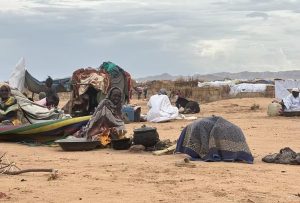
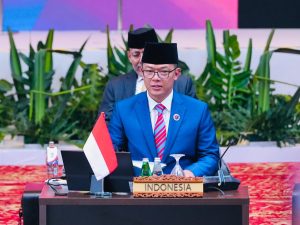



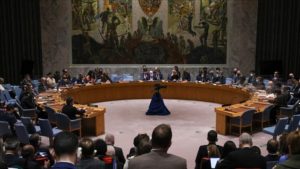
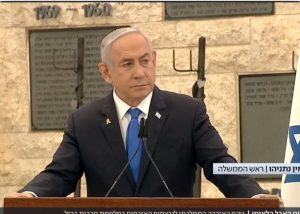

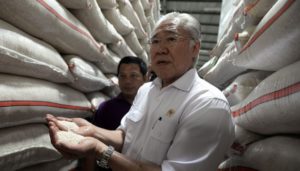

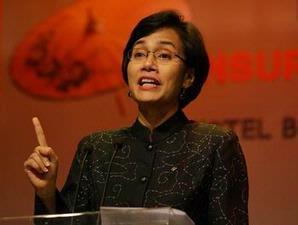
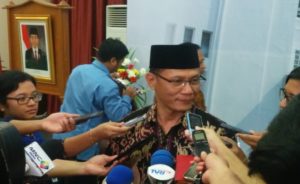






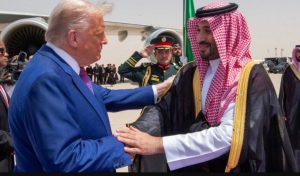




 Mina Indonesia
Mina Indonesia Mina Arabic
Mina Arabic